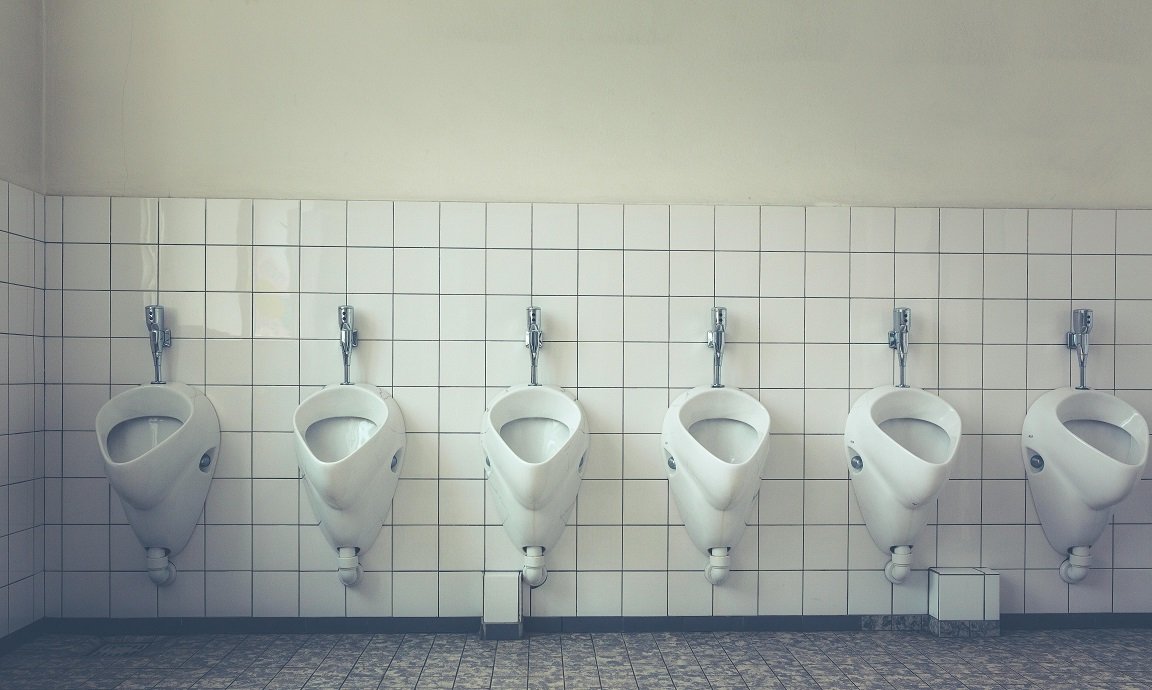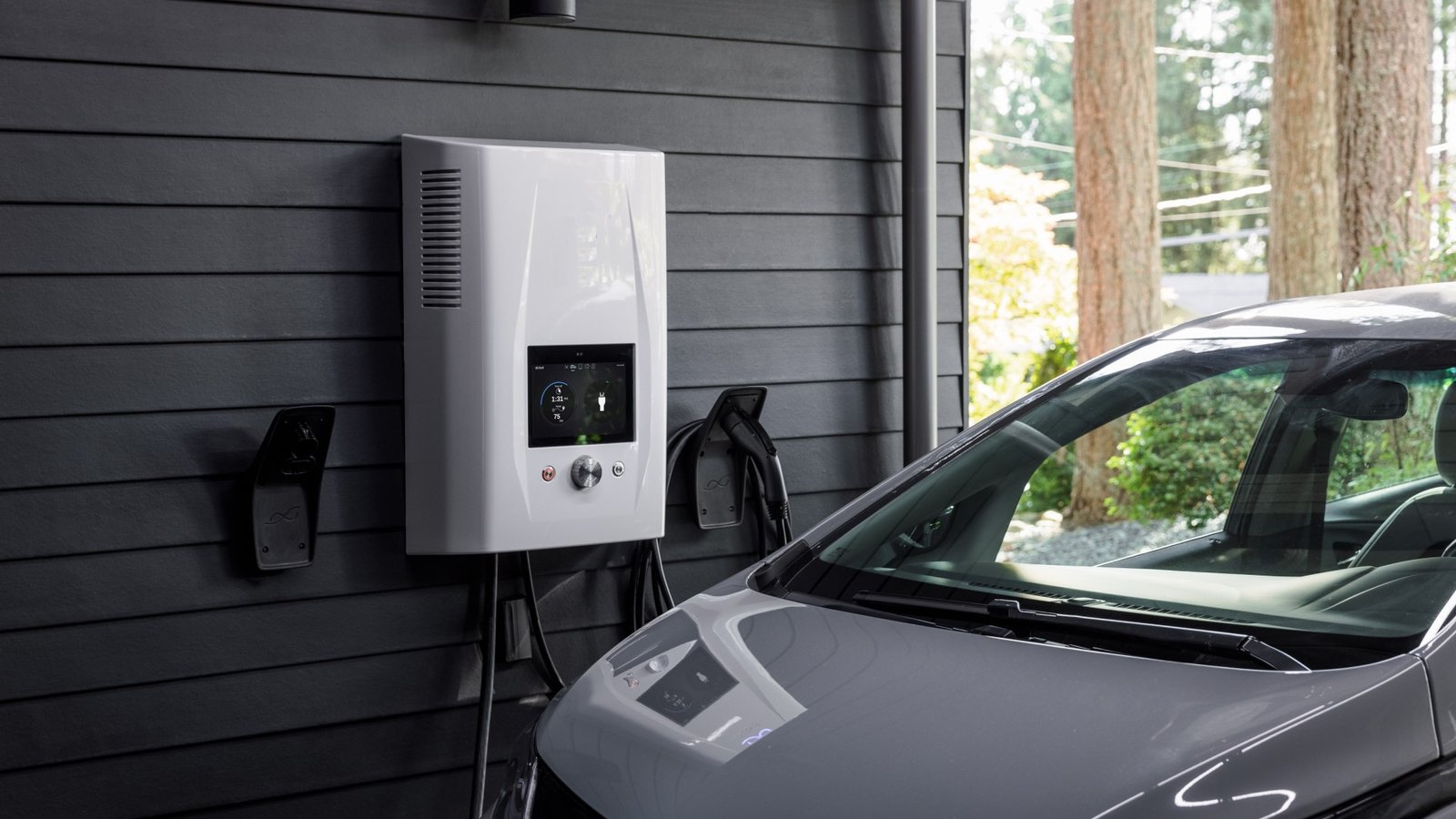
Water is essential for life, but it’s also a finite resource. As the global population grows, so does the demand for clean water. One way to conserve water in our buildings is by installing low-flow plumbing fixtures. Existing buildings can benefit from retrofitting, but there needs to be careful consideration of the usage and performance so that the occupant experience is still great.
What are Low-Flow Fixtures?
Low-flow plumbing fixtures are designed to use less water than their traditional counterparts. They achieve this through various methods, including:
- Aerators: These small devices mix air into the water stream, creating a feeling of fullness while using less water.
- Laminar flow: This technology distributes water in individual streams, reducing the overall volume without compromising performance.
- Dual flush toilets: These toilets offer two flush options, allowing users to choose the amount of water needed based on waste volume.
Low-Flow Fixtures:
- Toilets that use less water than the federal standard (1.28 gallons or less per flush) are generally considered ultra-low-flow toilets. These toilets often carry the WaterSense label, indicating they meet specific performance and efficiency criteria set by the Environmental Protection Agency (EPA).
- Showers – some low-flow options can use as little as 1.5 gpm or even 1.25 gpm, but generally anything less than 2.0 gpm would usually be considered low-flow.
- Urinals – some of the more common low-flow options are 0.5 to 1.0 GPF, and ultra-low-flow urinals use 0.125 GPF or even less.
- Faucets that are low-flow, as defined by the Environmental Protection Agency (EPA), use a maximum of 1.5 GPM. Ultra-low-flow faucets use even less water, typically 0.35 GPM or less.
Things to Consider:
- Performance: While most low-flow fixtures meet performance standards, it’s essential to choose models that balance water efficiency with user satisfaction.
- Cost: While some low-flow fixtures may have a higher upfront cost, the water savings can translate to long-term financial benefits.
- Local regulations: Some regions have regulations mandating the use of low-flow fixtures for new construction or renovations.
Making the Switch:
If you’re considering switching to low-flow fixtures, here are some tips:
- Start with one fixture: Replace a faucet or showerhead with a low-flow model to see if you notice any difference in performance.
- Look for the WaterSense label: This label from the Environmental Protection Agency (EPA) identifies low-flow fixtures that meet their performance and efficiency criteria.
- Consult with an engineer/plumber: At Kelvin Consulting, we’ll work with your design goals and help you find a solution.
Check out this video on dual-flush toilets. It has helpful information on selecting a toilet and equips you with knowledge to find what you’re looking for.
While WaterSense is a widely recognized program in the United States for water-efficient plumbing fixtures, there are indeed alternatives if you’re located outside the US or looking for additional options:
International Equivalents:
- Canada: Look for products certified by WaterSense Canada or meeting Canadian Plumbing Codes for water efficiency.
- Europe: The European Unified Water Label provides a rating system for water efficiency of various products, including plumbing fixtures.
- Australia: The Water Rating Label Scheme (WELS) classifies water efficiency of various household appliances and fixtures.
With all this discussion of low-flow toilets, it’s probably worth mentioning composting toilets. They, unlike traditional flush toilets, don’t use water and instead recycle human waste through aerobic decomposition. This process mimics a compost pile, turning waste into a soil-like material called humus.
Here’s a summary of key points about composting toilets:
How they work:
- Separate liquids and solids using a urine diverter or dual chamber system.
- Utilize aerobic bacteria and sometimes worms to break down solid waste.
- Require carbon-rich bulking materials like sawdust or wood chips to add moisture and support decomposition.
By making informed choices about our water usage, we can all contribute to a more sustainable future. Low-flow plumbing fixtures are a simple and effective way to conserve water in your home and protect this vital resource for generations to come.
continue reading



